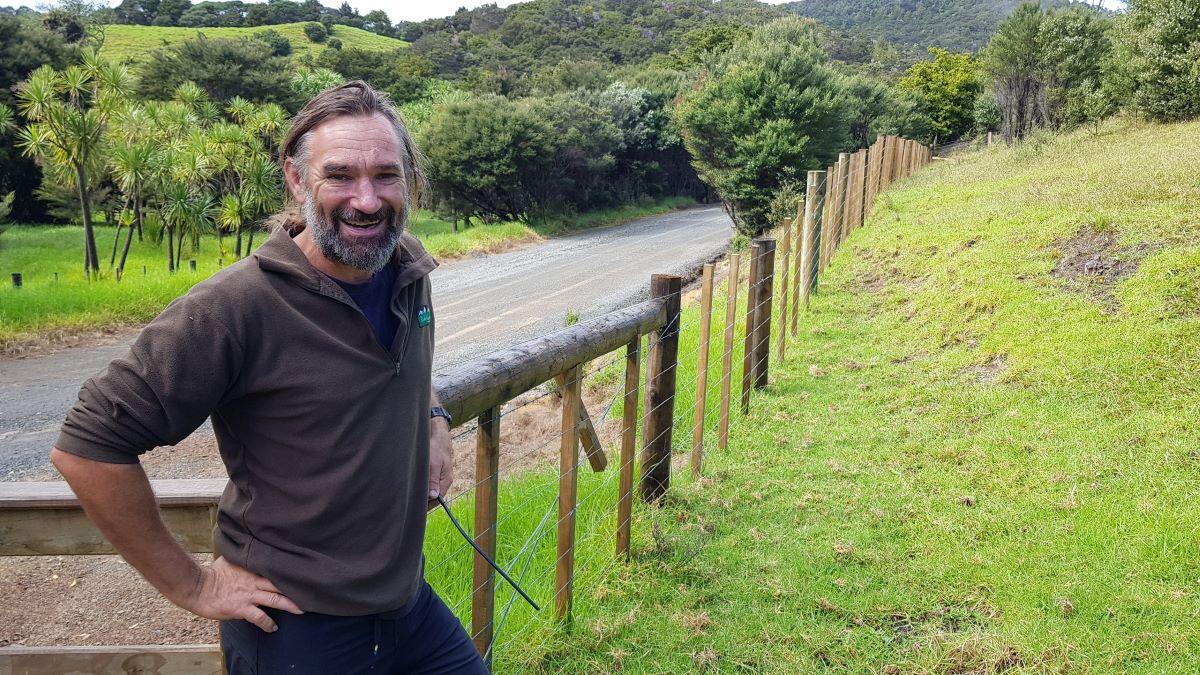Grants available to retire erosion-prone hill country
27 Apr 2021, 12:01 PM
Northland landowners considering retiring erosion-prone hill country from pastoral production may be eligible for a grant that covers roughly 75 percent of the associated fencing costs.
Chair of the Northland Regional Council’s Water and Land Working Party, Justin Blaikie, says the council has just over $600,000 set aside to help fence erosion-prone land over the next two years; $304,500 in 2021/22 and $303,000 in 2022/23.
Councillor Blaikie, who represents the council’s Hokianga-Kaikohe constituency, says depending on the size of the area involved, fencing costs can be considerable and a potential barrier to those considering retiring erosion-prone hill country.
He says while a natural phenomenon, eroded sediment is Northland’s single biggest natural pollutant, with research showing the Bay of Islands alone has lost an average of 500,000 tonnes annually for the past century.
“It makes good environmental and economic sense to remove erosion-prone hill country from being actively farmed to reduce potentially unnecessary erosion and either leave it to revegetate naturally or plant it out.”
The council requires retired land to be fenced with a three wire electric fence as a minimum and for those keen to actively plant retired areas also has grants available to help with planting.
“Grants include native retirement planting, or native and exotic production with species suited to continuous cover harvesting and council will help prepare a planting plan with landowners as part of this service.”
Councillor Blaikie says the council invests strongly in measures that help prevent erosion at source, again for both environmental and economic reasons.
“That’s one of the reasons the regional council has invested heavily in our 16-hectare poplar and willow nursery near Mata, south of Whangarei, in recent years.”
Councillor Blaikie says the size of the grant is dependent on a range of criteria including the size of the property, erosion severity, and area of land retired.
One of those who has already taken advantage of the scheme is Glen Coulston of Mimiwhangata, who this year received $10,000, subsequently retiring approximately 12 hectares.
Mr Coulston is allowing the retired land to naturally revegetate due to strong manuka regrowth and is actively helping the process by carrying out weed control. He has plans to continue retiring further Class Six, Seven and Eight land around the 83ha property.
He encourages those looking to retire erosion-prone land to take the opportunity council and MPI are providing to landowners.
“It’s about protecting our soils from running off the hillsides into the harbours and protecting our water quality and kaimoana that suffer from the sedimentation.”
“There are many other uses for this type of land that needs a ngahere (forest) over it to protect it. Exploring those land uses that are of an intergenerational nature and timeframe is the key to sustainable land use in this harder country.”
“On this property we are looking toward 200 year selective native forestry, apiculture, carbon storage, and, harvesting of essential oils as options, while also retaining pastoralism and horticulture on the stable soil sites.”
Mr Coulston says he’s trying to establish activities suitable to the micro sites on the property that do not require denuding fragile areas.

Glen Coulston retired 12 hectares of erosion-prone hill country that is now regenerating to native bush at Mimiwhangata.
